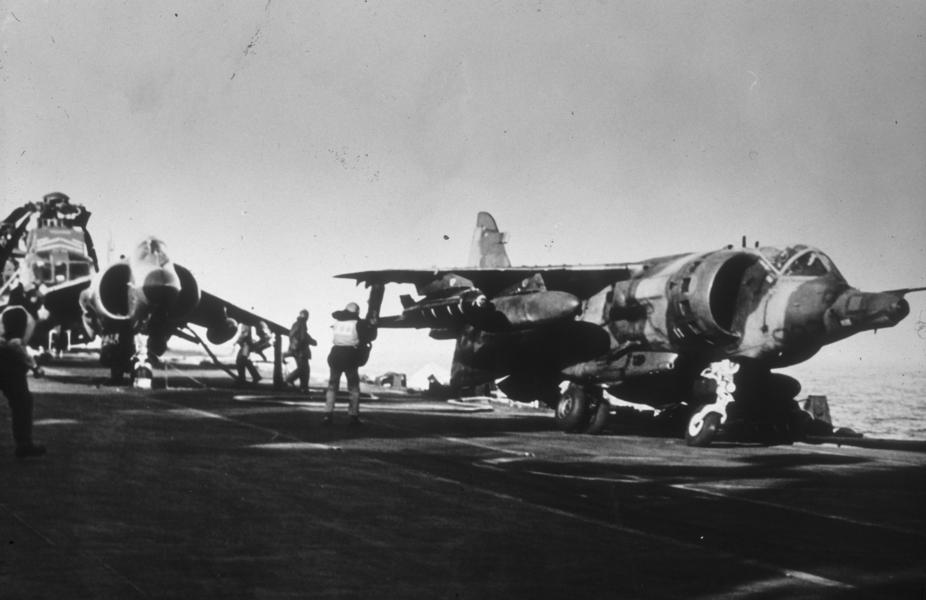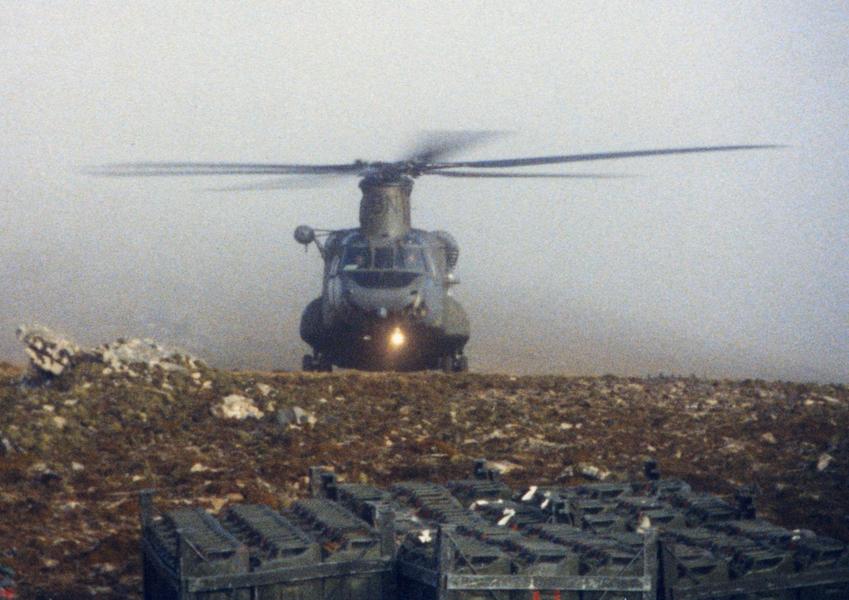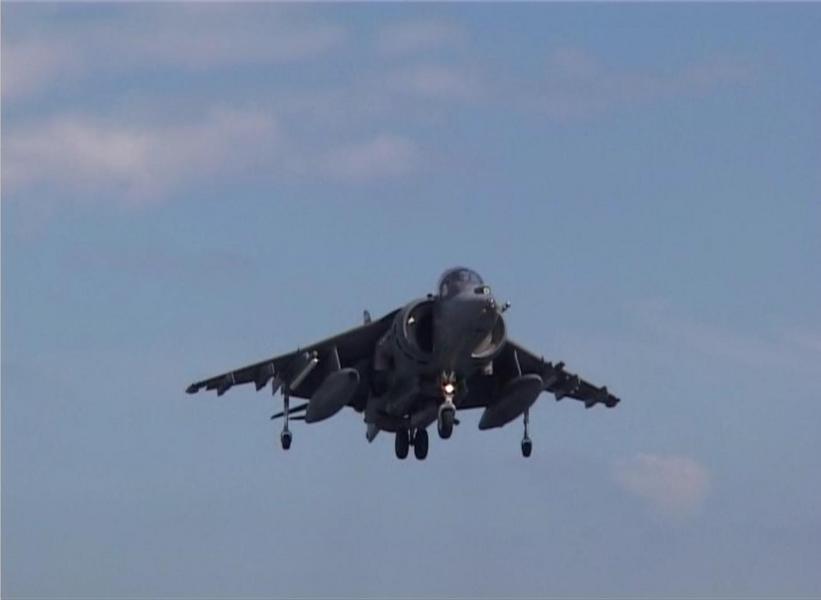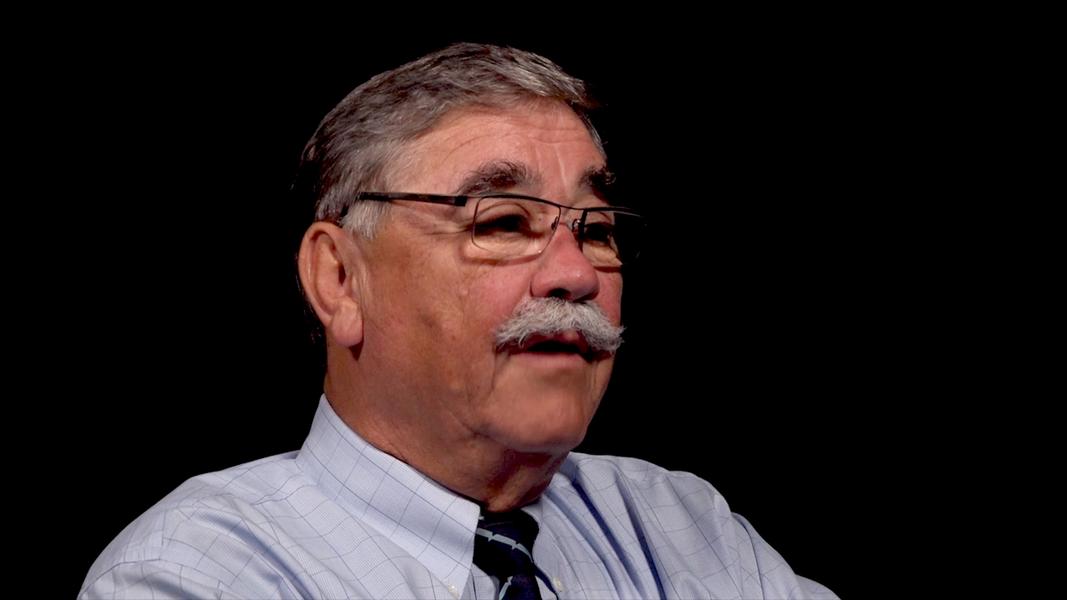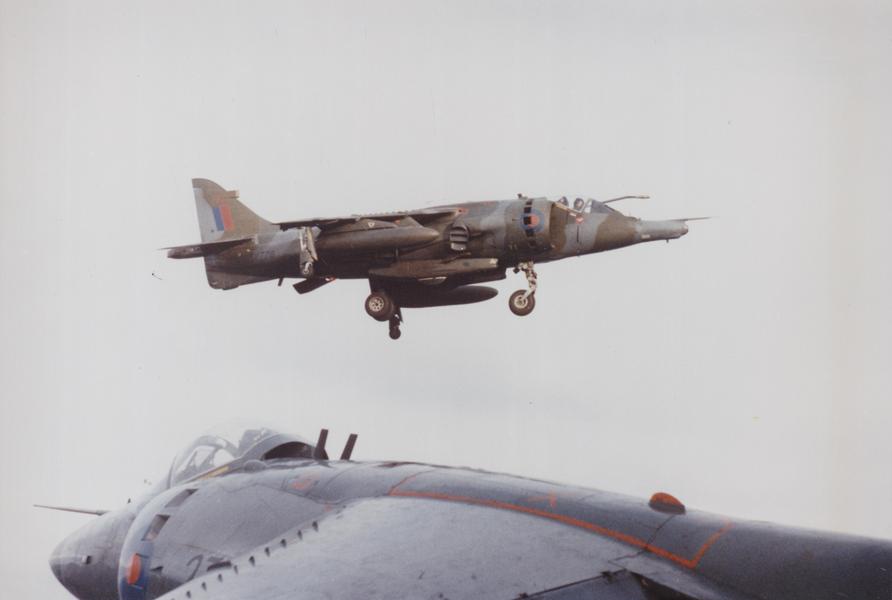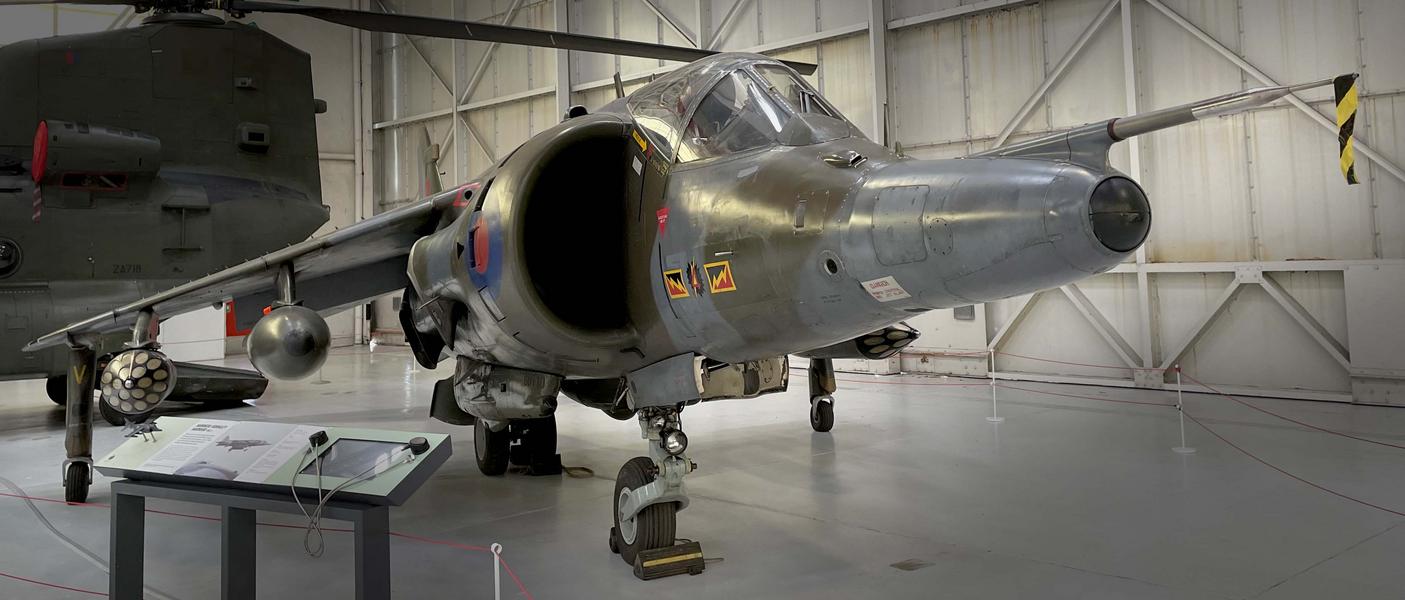I remember flying with Pete Squire
on a trip that was central
to his obituary in the Times
and we finished the attack and we ended up
clearing the the ridge to the north
by this ridge and over the other side.
And I was flying
But we did fly quite low.
And I also remember
realizing that what I was looking at
or hares or something in the blur.
Anyway, when we got to the ridge
when you're that close to the ground,
the quarter lights, not out the front,
because that's the problem.
You're that close to the ground.
So you went over the ridge
you got a chance
push over the ridge
And I remember
and looked out the front and
my windscreen
So and it was spreading
glazing cracks everywhere.
And it was compounded as we climbed
differential pressurization in the cockpit
the falling ambient pressure
meant there was quite a lot of force
although partially balanced by the the
the dynamic energy of the
the airflow, which wasn't that part
The boundary layer tended to flow, but
I remember thinking
do I depressurize or not?
If I depressurize will increase
And if I leave it pressurized,
So I did the manly thing and did nothing.
I'll leave it and see how it pans out. So
but of course it highlighted an issue
which was not being able to climb
back to the fleet because it had an impact
The higher I climbed, the more
So I thought I'd better stop here
get back to the ship.
But I remember I pushed over the ridge
the gentleman boss who said,
All right, motor
it. I said, Yes, Paul,
I think so.
I told him a little bit later
I'd like to stop about 20, you know,
which is what we did As it happened,
